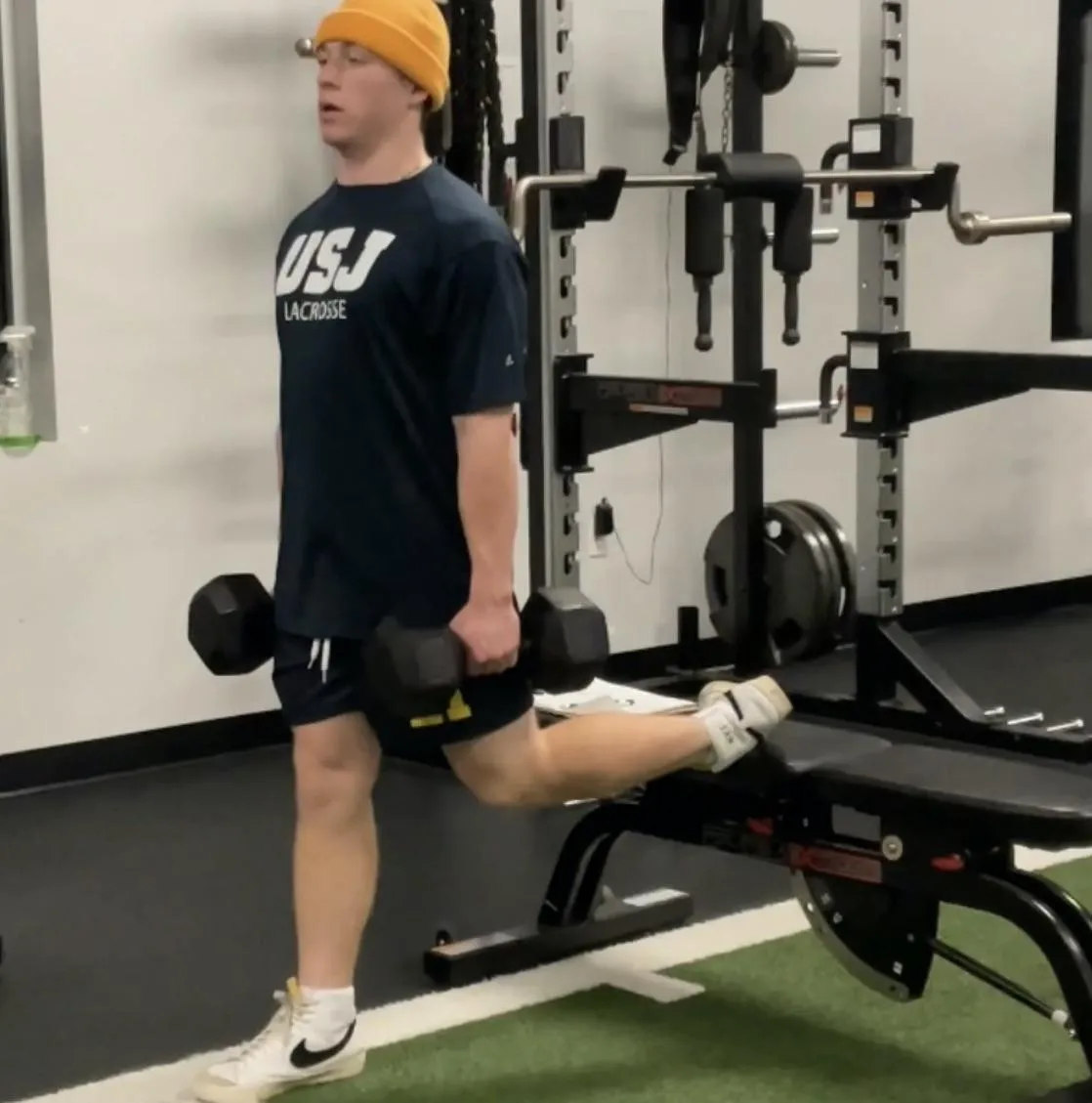ATHLETE BLOG LEOMINSTER

How To Dramatically Lower Your Risk of Sports Injury
There’s no worse feeling as a coach than seeing one of your players on the ground, in obvious pain.
And as bad as it feels to see this as a coach, it is many times worse when you are the parent of that injured child.
I had the misfortune of seeing this happen to Sarah, one of our elite female soccer players, and her family during my first year as Cushing Academy’s strength & conditioning coach nearly 25 years ago.
She simply went up for the ball and landed awkwardly, tearing her ACL, MCL and meniscus.
Watching her go by in a cart, her eyes filled with a mixture of fear and pain, her parents appearing to be in shock while trying to console her, it was hard not to feel like I had let them all down.
“Could something have been done to prevent this?”
The coaching culture at the time valued playing the sport and staying in shape as top priorities.
Having any type of strength program in the early 2000’s was itself cutting edge.
Injury prevention training beyond getting stronger was barely even given a thought back then.
Sadly, that is often still the case today.
Nearly 3.5 million kids under age 14 in the United States get injured playing a sport every year, with another 2 million injuries happening to high school athletes.
If you haven’t already witnessed something like what Sarah went through as a sports parent, it’s only a matter of time before you do.
The good news is that today the sports performance industry has a much better idea of how to both spot non-contact injury risk, and significantly lower your chances of getting hurt.
After witnessing that traumatic scene all those years ago, applying proven methods to lower injury risk became a top priority in how I wanted all our future workout programs for athletes to be designed.
This led to countless conversations with physical therapists, and research into what was working for other strength and conditioning coaches around the country.
Based on everything they shared, I could give you a very complicated answer on how to prevent sports injuries.
But instead I’ll give you a simple one, in the hopes that what follows will help your son or daughter avoid situations like Sarah’s in the future.
There are five major risk factors for athletic injuries.
The #1 predictor of a future injury is a past injury.
Unless you have access to a time machine there is nothing anyone can do about that now.
The other four risk factors, though, are highly trainable:
Strength and/or mobility asymmetries from one side of the body to the other
Lack of mobility in the ankles, hips or shoulders
Instability in the feet, knees, core, or shoulders
Poor coordination
The first step in lowering injury risk is to identify problem points accurately.
At our facility we use the Functional Movement Screen because it is trusted by many pro and college teams, and has stood the test of time having been in use for nearly two decades.
Once an athlete goes through that screening process, and risk factors are determined, the next step is to create a workout program that addresses them.
Strength imbalances are fixed with lots of single leg or arm drills - dumbbells, kettlebells and bodyweight training all fit nicely.
Flexibility exercises are assigned only if there is an asymmetry or a major limitation in the ankles, hips or shoulders.
Stability development includes lots of single leg drills, band training, and core work.
Coordination is the most under appreciated training tool right now.
The future of athletic development will revolve around integrating coordination into both speed and strength workouts. Greater coordination reduces awkward landings while creating more fluid sport movement.
You’re already seeing a greater emphasis on coordination training at the highest levels, but it has a more profound impact on younger athletes who are still growing into their bodies.
So yeah, there is an awful lot you can do to lower your injury risk.
Determine which of these areas, if any, are raising your risk of a future injury.
Then go train those red flags out of your system.
Yes, it takes time and effort to accomplish. But it is more doable than ever before.
No one wants to see a kid get injured in sports, much less someone close to you.
Injury prevention training has come a long way in the past 25 years, and the strategies are getting better and better every year.
Power Source Reviews
© Copyright 2024. Power Source. All rights reserved.
|
